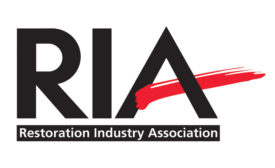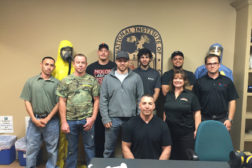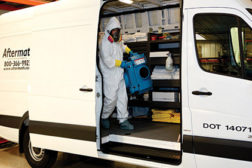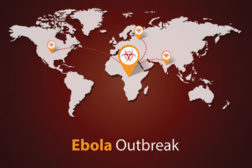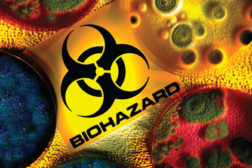Home » forensic restoration
Articles Tagged with ''forensic restoration''
What Bio-Remediation Professionals Can Learn from the Ebola Outbreak
The chance of an Ebola outbreak in the U.S. is slim, but it’s a good reminder for biohazard professionals on the importance of properly dealing with bacteria and viruses.
Read More
A Hidden Industry Issue: Trauma Cleaning and PTSD
The price that your customer pays is the price that you could pay
Read More
Spring “Experience” Show Expands Hands-On Learning Sessions
The hands-on demonstrations will take place in the expo hall and as part of the overall program
March 12, 2014
Stay ahead of the curve with our eNewsletters.
Get the latest industry updates tailored your way.
JOIN TODAY!Copyright ©2025. All Rights Reserved BNP Media.
Design, CMS, Hosting & Web Development :: ePublishing
